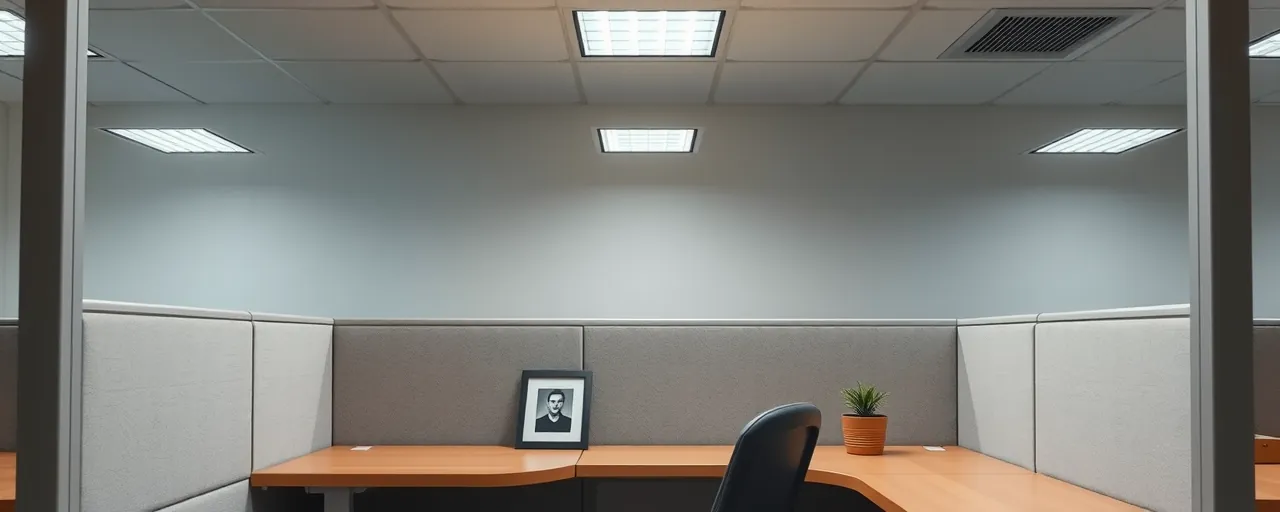A Job Market at a Crossroads
In May 2025, the U.S. job market took a hit. Employers added only 125,000 jobs, the slowest pace in two years, down from 177,000 in April. For workers in places like Delaware and across the nation, this news raises real concerns about what comes next.
The slowdown, tracked by Bloomberg and ADP, signals an economy losing steam. Families are left wondering if their livelihoods are secure. What’s driving this shift, and how will it shape the lives of everyday people?
Forces Behind the Slowdown
High interest rates and trade policies are squeezing businesses. The Federal Reserve has held rates at 4.25 to 4.50 percent, increasing borrowing costs. Meanwhile, new tariffs, including 145 percent on Chinese goods and 25 percent on Canadian and Mexican imports, have rattled supply chains. Companies, wary of uncertainty, are hiring less.
The numbers paint a vivid picture. Monthly job growth has dipped from 180,000 in early 2024 to roughly 150,000 now. Health care and transportation still see gains, but manufacturing and other sectors are faltering. Long-term unemployment has risen, with 1.9 million Americans struggling to find jobs.
How Workers Feel the Impact
For families, the stakes are personal. Fewer jobs mean fewer chances to get ahead, especially for those already stretched thin. Wages are growing at 3.8 percent annually, but with inflation at 2.3 percent, the extra cash doesn’t go far. Many are feeling the squeeze on their budgets.
The labor market isn’t in freefall. April saw 7.39 million job openings, and hires reached 5.6 million. Yet layoffs climbed to 1.79 million, and worker confidence, reflected in steady quits at 3 million, suggests caution. The market is holding, but it’s far from robust.
Policy Paths: Families or Firms?
Lawmakers are debating solutions. Some push for family-oriented policies, like increasing the $2,000 child tax credit or expanding childcare support. Advocates, including those at the Bipartisan Policy Center, argue these measures help parents work and ease financial stress.
Others focus on businesses, urging permanent tax cuts from 2017 or fewer regulations. Small-business groups say these changes would boost investment and create jobs. Both approaches aim to strengthen the economy, but their priorities differ significantly.
What Lies Ahead for the Economy?
The economy is on shaky ground. Real GDP fell 0.3 percent in early 2025, and consumer spending grew just 1.8 percent. Experts predict a “growth recession,” with unemployment possibly reaching 4.5 percent by year-end. Tariffs and global trade issues add more uncertainty.
Workers need stability. A stronger job market could provide security, but further slowdowns might strain households. Families are looking for policies that deliver tangible help, whether through tax relief, affordable childcare, or new job opportunities.
The future hinges on decisions made today. Policymakers, businesses, and communities must weigh immediate needs against long-term goals. Americans are watching, hoping for an economy that supports everyone’s aspirations.
